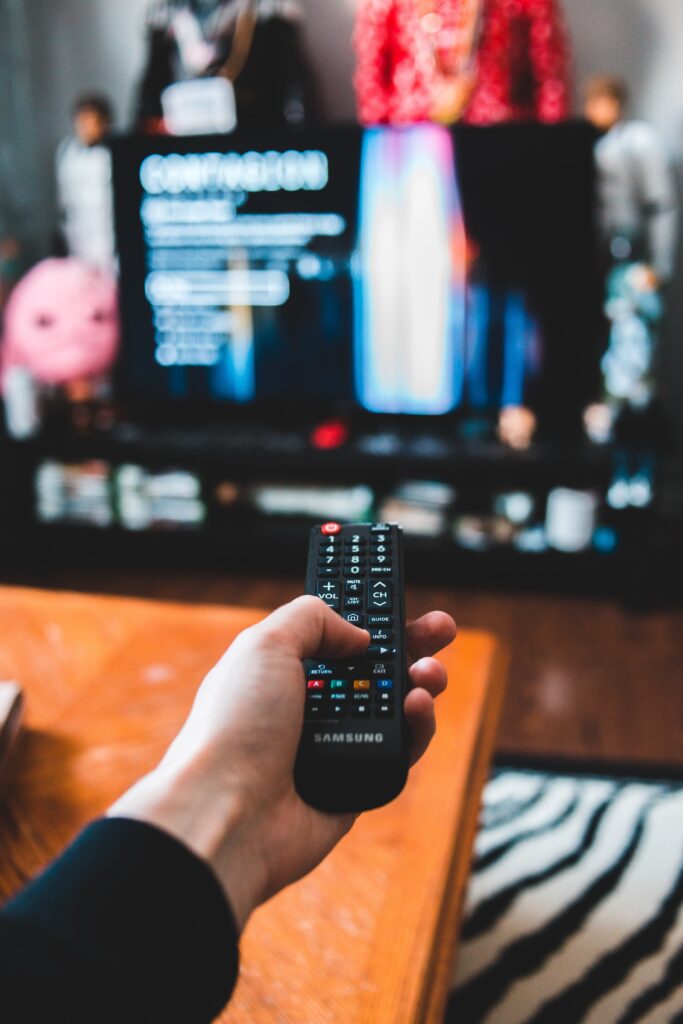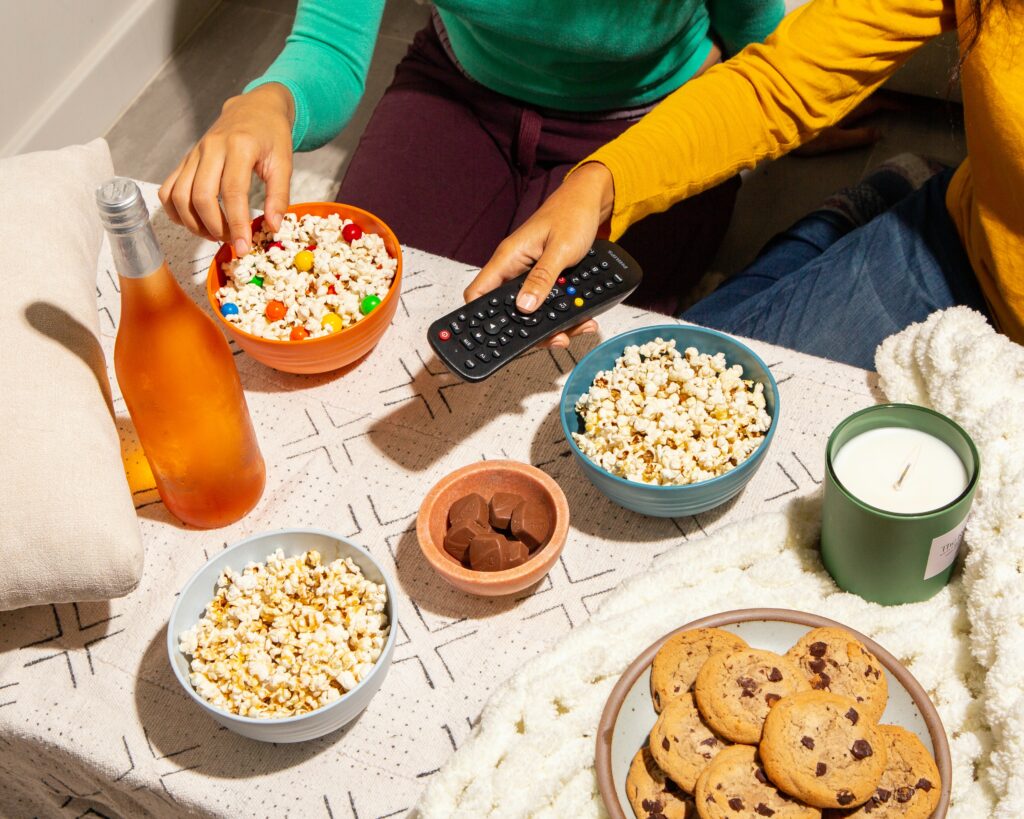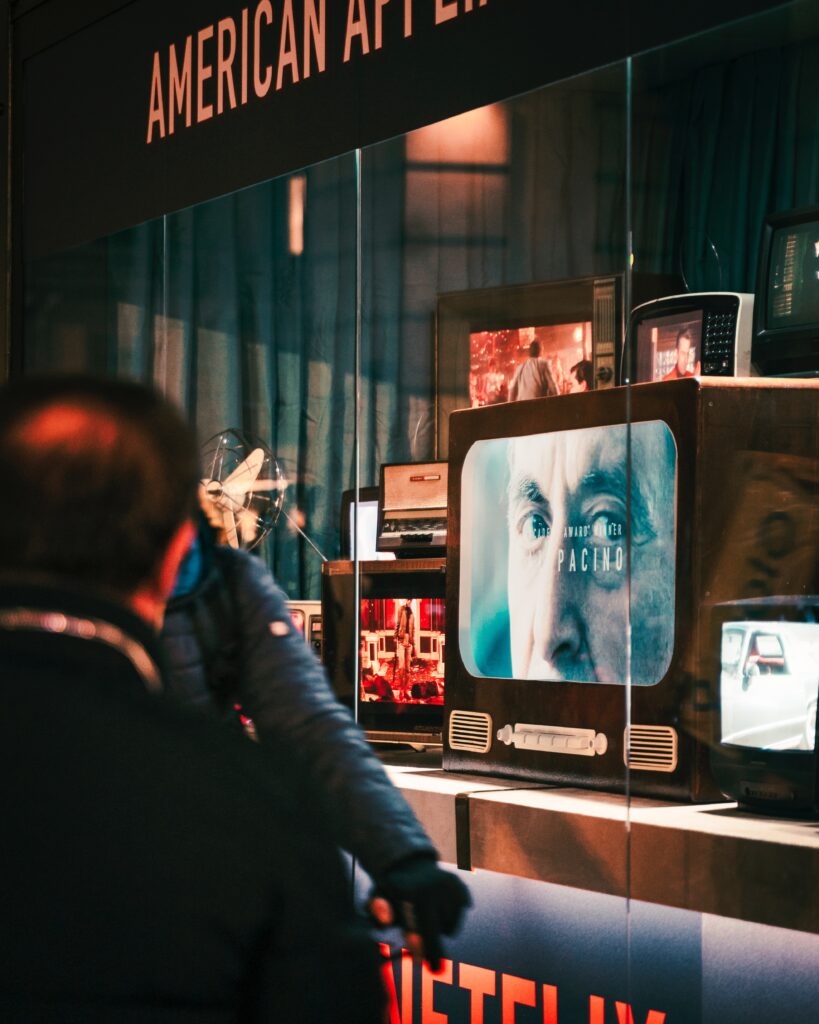There was a time when TV advertising was the only moving media platform you could use to get your goods, products, and services in front of your target audience. At the time, TV viewership was up to a five hours minimum in the United States. By the early 2000s, TV viewership began to decline, and social media became the new way to engage with your target audience. Thanks to influencer marketing, social media marketing has yielded significant profits for many brands. While this may have become mainstream, TV advertising is still a very potent and helpful tool that should be exploited. Have you ever wondered how powerful these two arms of media could become if they merged? This article focuses on combining good old TV advertising with influencer marketing.
Do People Still Watch TV?

This is a question that gets thrown around more often than not. The reason for this is simple: many assume that the development of social media has relegated the use of TV to the barest minimum. It would amaze you to discover that this isn’t the case. While it’s true that social media is more dominant, its reach is still not total.
According to recent research, television is still a mainstay in American life and culture. It is reported that
- Almost every house in the United States owns a TV (98%), while thirty-four percent own more than one.
- Almost half of the country’s 332 million population openly confess to watching too much TV (49%).
- average daily TV watching time in America is 3 hours and 46 minutes. This figure includes both live TV and time-shifted viewing (i.e. watching pre-recorded shows or streaming content on-demand). This is higher than the average time spent on social media daily (2 hours and 31 minutes).
- If daily TV time is curated, the average American spends 52 days every year watching TV. By the age of 65, the average American would have spent nine solid years watching TV.
- The average American child watches 30,000 commercials on TV per annum. At age 65, that would be a whopping 2 million TV commercials.
TV is also still very popular in Switzerland, for example, 15-29 years old spend around 108 minutes a day in front of the television, as our partner ADmeira confirmed. The Swiss Media Association also confirms that 79% of 15-29 year-olds will watch TV at least once in three months. The part of Switzerland that is most often found in front of the TV is the Italian-speaking part, followed by the French-speaking part and then the German-speaking part (Mediapulse, 2023). The staggering evidence these statistics present is overwhelming. It all points in one direction: TV is still very potent and is a great medium to reach people even in the age of social media and influencer marketing. If the thumb rule for advertising and marketing is reaching everybody, then it is important that influencer marketing finds a way to tap into the opportunities that TV offers to brands and companies.
Is It Possible to Combine TV Ads and Influencer Content?
For a long time, influencer marketing has had various social media platforms as its home. Combining these ads with TV might seem abortive for a few reasons. This section takes a look at those reasons and suggests why the combination would work nonetheless.
Different mediums
Influencer ads are originally made for mobile device users and as such would not particularly fit into the large screens of TVs. While this is true, there is a simple way around it. These ads can be repurposed for TV by adding extra elements to make them fit the screen size. Imagine having an image of your influencer on one side of the screen and other useful information about the brand on the other side. Your video would sit comfortably in the middle of the mix, creating a balanced scenery for the TV audience. There are no limits when it comes to creativity. It is possible to add a CTA integration with QR code, influencer or brand tags and much more – you can find all the information about it here on our service page.
Cost of TV ads
TV ads can prove very expensive to shoot and publish. The cost of getting the needed tools could be overwhelming compared to social media. However, this new model plans to repurpose the regular social media influencer marketing content for TV. This means there would be no need to spend outrageous amounts on shooting videos.
Metrics
When it’s just social media, there are already tools by which reach can be measured. It is easy to know who engaged in an ad and what they did afterward. While it’s true it might be difficult to do the same with TV, it’s important to mention that there are ways TV ad metrics have been measured over the years. While we might not know who is clicking what, we can know for sure who did watch the ad. The aim of TV advertising is to get the audience’s attention. If they keep watching the ad, then it’s a good sign.
Audience
For most social media marketing, there is a niche that is targeted based on different demographics. TV ads are shown for all to see, and this may not be as tailored as what the social media platforms offer. To counter that, it is noteworthy that there are ways to decide who sees ads on TV. There are shows and programs that are usually tailored to different demographics. This knowledge can be used to fine-tune who sees the ads on TV, but on top of that, TV might actually offer you the opportunity to attract customers from outside your demographic. Who knows what’s possible when you advertise your products and services on national TV with the whole nation watching? Even social media has nothing on that.
With careful planning, it’s easy to navigate through the difficulties that might arise from combining TV ads with influencer marketing. What’s more? You could flip these challenges into leverage tools that would make your campaigns more intuitive and interactive. Make sure to also check out our case study with Ochsner Shoes, who implemented two influencer TV spots with us in 2022.

Has This Worked Off Paper?
Many times, people are afraid of trying new things because of the fear of failure. It’s no news that no one is willing to invest money in a venture that will fail. So has the combination of TV advertising with influencer content marketing been successful? The answer is yes! There have been multiple success stories of combining TV Advertising with influencer marketing. Many influencers are blurring the lines by taking the leap to join projects where TV ads and influencer content marketing are being used. Below are a few examples of the huge market success.
Ochsner Shoes with Alison Liaudat, Whitney Toyloy and Christa Rigozzi
In a joint collaboration that involved Ochsner Shoes, Kingsfluencers, and Admeira, two influencers were used to show off the beautiful and affordable sneaker shoes that the Ochsner brand had out. This definitely brought some visibility to the brand and the influencers too. For the first Ochsner Shoes influencer TV spot, content from Alison Liadaut and Whitney Toyloy was reused. In the second Influencer TV spot, a video with Christa Rigozzi was shot especially for the spot.
McDonalds with Yung Filly
McDonald’s collaborated with one of the United Kingdom’s rising stars, Yung Filly. He worked as a food server in an ad for the eatery and served food to customers as he promoted their latest reward scheme (watch video here). This wasn’t limited to only Yung Filly, many other influencers around the UK served McFlurries to people. In the end, the influencers were able to get many people to use the McDonald’s app.
Footasylum with Amelia Dimoldenberg, Yung Filly, Chukz, Harry Redknapp
For Christmas 2021, Footasylum partnered with a group of popular faces to create an ad for both TV and online platforms (watch video here). The ad starred Amelia Dimoldenberg, Yung Filly, Chukz, to turn around the holidays at the acclaimed house of Harry Redknapp. This ad got a great response both on TV and online.
Pizza Hut India with Bhuvan Bam
In 2019, Pizza Hut India partnered with a local comedian named Bhuvan Bam who had been posting on YouTube since 2015. The comedian has really grown over time and currently has over 25 million subscribers and has had successful ad campaigns. For his work with Pizza Hut India, he was the mainstay in an ad that was produced to promote the brand’s affordable prices. The TV campaign benefited both the brand and the influencer. The brand gained more revenue, and the influencer gained more exposure (watch video here).
Why Combining TV Advertising and Influencer Marketing is Part of the Future of Advertising
TV advertising and influencer marketing are the two kings of the advertising world. While one rules the classic media, the other rules social media. Merging them together to an Influencer TV Spot is going to be a ton of success for anybody or any brand that dares to take the step. It’s certainly the direction advertising will take in the coming years. The benefits are a sure sign that this is the way to go.
Wider reach
When you use this combined method, you will reach a wider range of people than when you use only one of them. The combination of both TV ads and influencer marketing increases the number of people who could see your ad. Imagine the number of people watching TV all over your country. Now that’s what you can reach.

Cost-effective
Influencer marketing is often more cost-effective than traditional advertising. While TV advertising can be expensive, by partnering with an influencer, advertisers can create a more cost-effective campaign that still has a wide reach and high engagement. One of the advantages of an influencer TV spot is that existing content can be reused and a new video does not necessarily have to be shot for the Influencer TV spot.
Increased Trust
One reason this will happen is that influencer marketing is often seen as more authentic and trustworthy than traditional advertising. In fact, by pairing an influencer with a TV advertisement, the ad gains a level of authenticity that it might not have had on its own. This is because influencers have built a loyal following, and their followers trust and value their opinions and recommendations. By partnering with an influencer, advertisers can tap into this trust and credibility, which can help improve the overall effectiveness of their advertising campaign.
Better Engagement
Combining TV advertising with influencer marketing yields better engagement. Influencers have already built up a dedicated and engaged following, and their followers are more likely to engage with their content. By combining TV advertising with an influencer, advertisers can leverage the influencer’s engagement to drive more attention to their ad. This means that advertisers can benefit from the influencer’s ability to generate engagement, which can help increase the reach and impact of their advertising campaign.
Flexibility
Another advantage of combining TV advertising with influencer marketing is flexibility. Influencer marketing is often more flexible than traditional advertising as it can be customized to suit specific campaigns and audiences. By combining this flexibility with the broad reach of TV advertising, advertisers can create a campaign that is both targeted and effective. This means that advertisers can create a campaign that is more relevant to their target audience, which can help improve the overall effectiveness of their advertising campaign.
Best Practices and Pitfalls to Avoid when Combining TV Advertising with Influencer Marketing
Combining TV and influencer marketing can be a powerful way to reach a wide audience and engage with consumers in a meaningful way. However, there are also several best practices and pitfalls to avoid to ensure a successful campaign.
Best Practices
- Set clear goals: Before starting any campaign, it is important to establish clear goals and KPIs. This will help you measure the success of the campaign and make adjustments as needed.
- Choose the right influencers: Selecting the right influencers is crucial to the success of the campaign. Ensure that the influencers you work with align with your brand values and have a strong following in your target audience.
- Develop a cohesive strategy: Your TV and influencer marketing strategies should be cohesive and complement each other. The messaging and branding should be consistent across both channels to reinforce the message and increase brand recall.
- Leverage the power of social media: Social media is a crucial part of any influencer campaign. Encourage influencers to share their content on social media and use relevant hashtags to increase reach and engagement.
- Measure and analyze the results: It is important to measure and analyze the results of your campaign to see what worked and what didn’t. This will help you optimize future campaigns and increase ROI.
Pitfalls to avoid
- Poor messaging: Ensure that the messaging is clear and consistent across all channels. A lack of messaging consistency can lead to confusion among consumers and ultimately hurt the campaign.
- Inadequate monitoring: It’s important to monitor the campaign closely to ensure that the messaging and content align with your brand values. Failing to do so can lead to reputational damage and negative press.
- Unrealistic expectations: Be realistic about what you can achieve with a combined TV and influencer campaign. Setting unrealistic expectations can lead to disappointment and ultimately hurt the success of the campaign.
By following these best practices and avoiding common pitfalls, you can create a successful TV and influencer marketing campaign that reaches and engages with your target audience.
Conclusion
Making the best of every tool available is important for every brand or business. TV advertising and influencer marketing are giants that can be combined to produce the most exponential results for any brand. If you need help getting started with this new strategy, you can check out our well-planned services for Influencer TV Spots.
Author: Yoeri Callebaut, Kingfluencers AG
